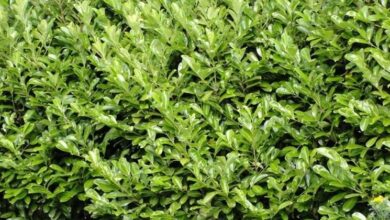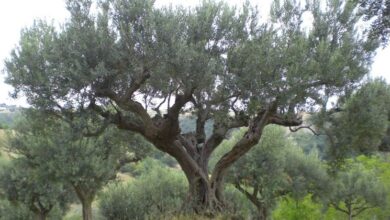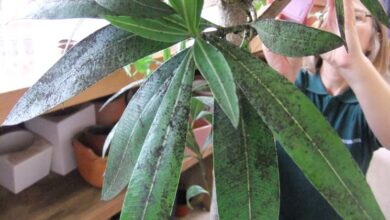Osmanthus armatus
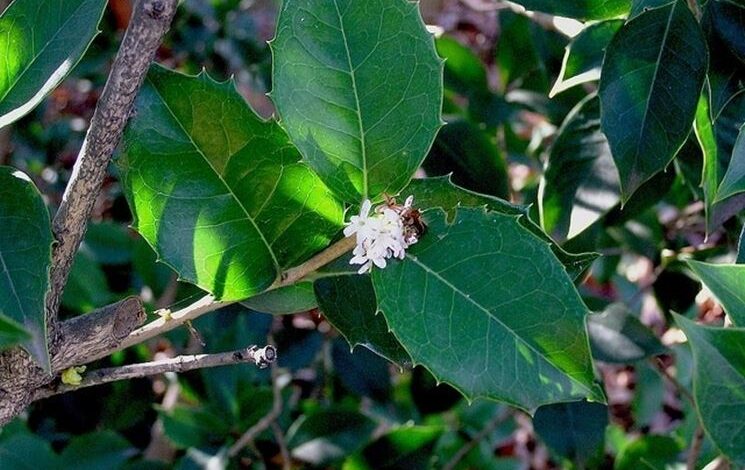
Osmanthus armatus: characteristics of the species
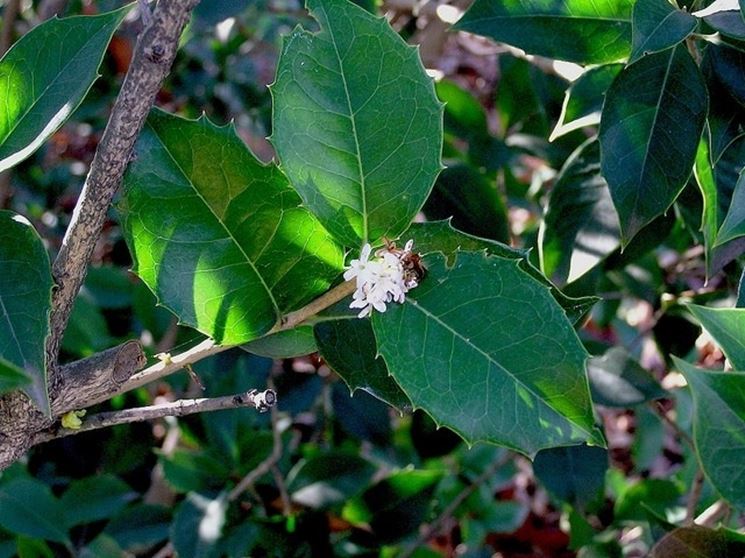
Osmanthus armatus: sowing, transplanting, multiplication
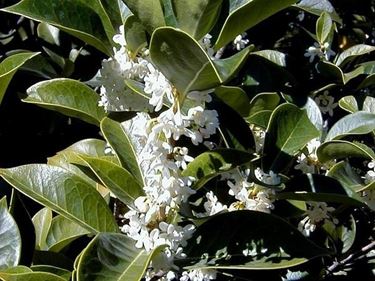
The genus of osmanthus includes about fifteen species. Osmanthus armatus, in particular, is a hedge shrub that multiplies during the month of August by means of semi-woody cuttings which, once rooted, are potted and overwintered in large glass boxes. It is planted in March, or in October, if the young two-year-old plants are purchased from nurserymen who usually grow them in pots to allow transplantation even at different times. Osmanthus armatus is a plant that grows indifferently in full sun and also in partial shade. The leaf is classified by botanists as persistent, opposite, sharply thorny leathery, green. Due to its beauty and adaptability, the plant lends itself to forming valuable hedges in large and small gardens. In the open ground it gives the best of success.
Osmanthus armatus soil and flowering
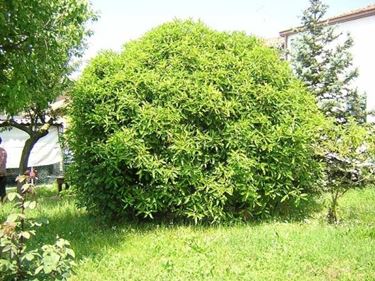
Osmanthus armatus is a garden plant that is grown in well-drained soils, in the sun or partial shade, sheltered from the winds. It should be fertilized at the plant and watered abundantly in case of drought. Recently planted plants should be watered weekly and fertilized twice a year. Being a very resistant plant, it is hardly attacked by diseases. The only parasite that could harm osmanthus armatus is the cochineal. Attacks which, however, can only occur in certain environmental conditions. Its flowers are white and fragrant. Often the scent is very intense. In the terraced houses and residential condominiums of half of Europe, osmanthus armatus has had a very wide diffusion since the sixties of the twentieth century.
Osmanthus armatus, the autumn plant
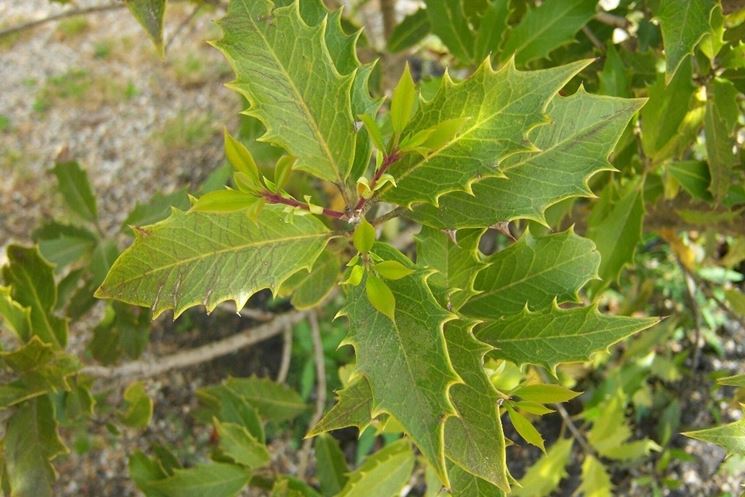
Osmanthus armatus is considered by many to be the autumn plant, being used as a garden hedge, it is important to know how to prune. Pruning osmanthus armatus is a very important operation. Pruning begins two years after planting and is done when the plants are 12-15 centimeters high. The operation is very simple if you have expert hands. Like all hedges, osmanthus armatus was initially used as a boundary term for land ownership. Today, however, the hedges have the function of making the garden more beautiful or of sheltering from prying eyes. In modern gardens the most beautiful hedges are those obtained by combining different varieties. The osmanthus armatus in particular adorn parks and gardens, especially in the

